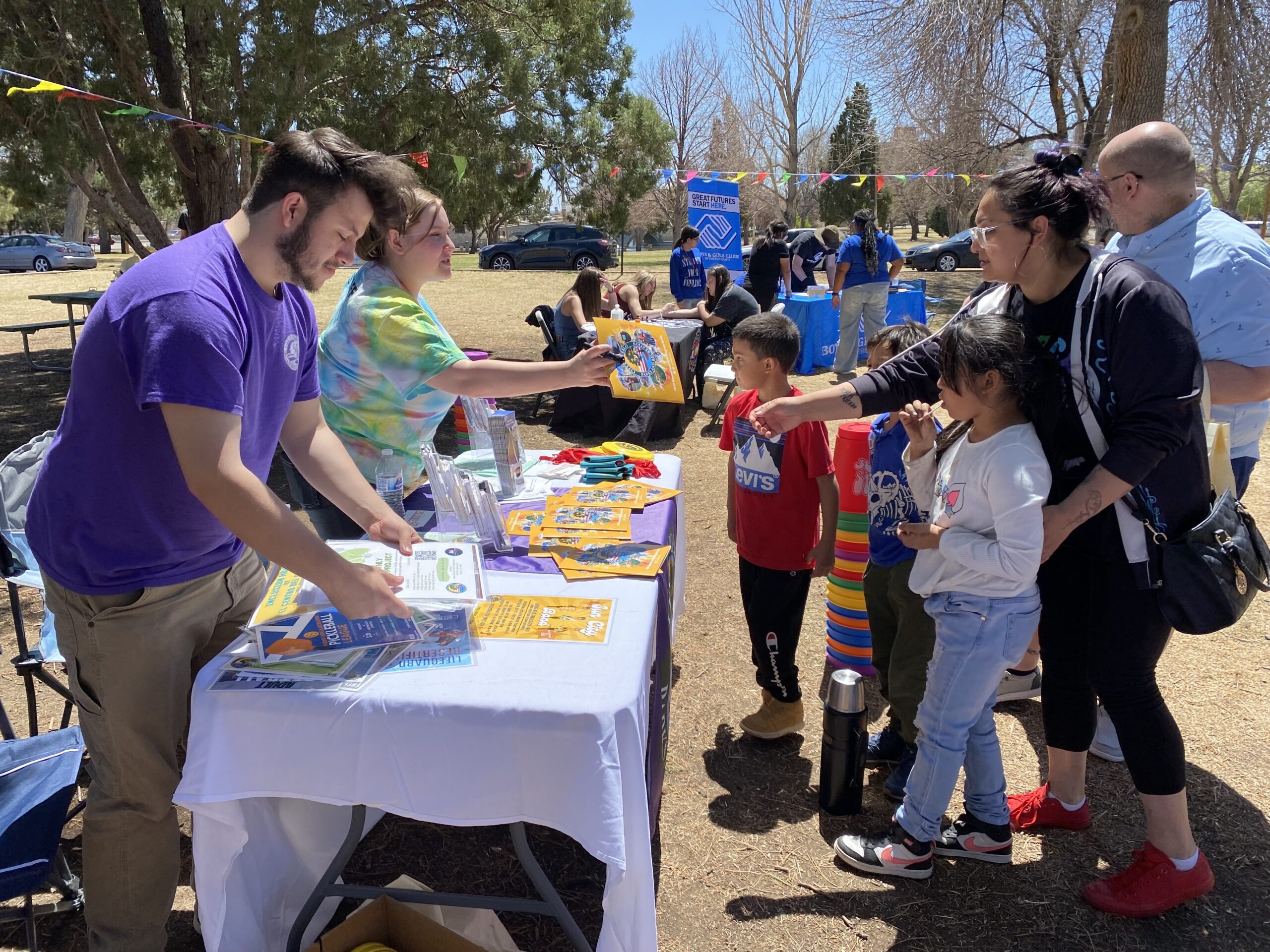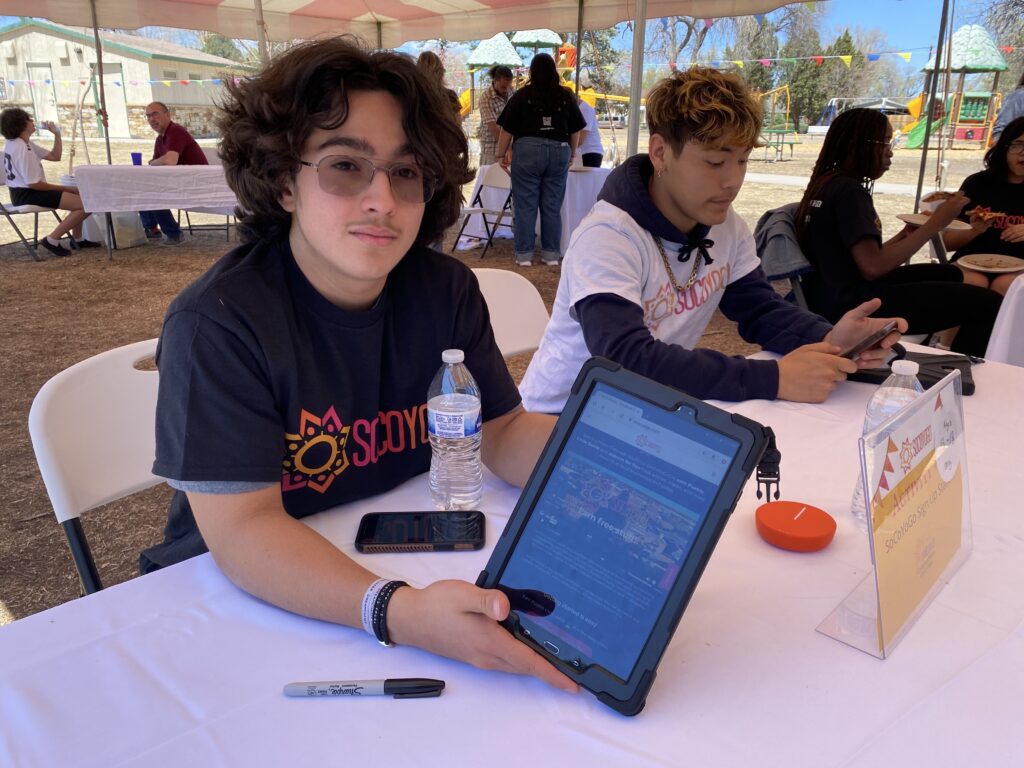
Editor’s Note: CPR News has spent months talking with teenagers, parents, doctors, advocates, researchers, political figures and others. We’ve looked through once-secret internal industry documents released by tobacco companies and listened to many hours of city council and legislative debate. What we found is that the conversation about tobacco products, especially flavored ones like menthol, is not only about nicotine’s deadly effects or the impact on local economies. It’s about ethics, optics and equity.
Pueblo resident Rachel Montoya knows the negative effects of tobacco use. The mother of three works at a local marijuana dispensary. But she’s seen how tobacco use has remained popular among Latino youth, and how the method has changed over the years. Unlike the cigarettes she used to smoke with her friends as a teen, the main culprit is now vaping.
Montoya said vaping has become more popular than marijuana.
“Vaping puts out the flavors and all this other stuff,” Montoya said. “You don't get the flavors and stuff (with marijuana).”
Pueblo County has seen a decline in overall tobacco use in recent years by two percent. But, officials have seen the use of e-cigarettes and electronic smoking devices increase at a similar rate.
Montoya has tried to steer her children away from vaping. She said her sister began vaping when she was 16 years old. Like many, she was attracted to the flavors. Montoya said her favorites are Pinkburst, strawberry and Starburst.
Because she was underage, Montoya believes she was able to get vaping products from the streets. Three years later she’s feeling the health effects.
“Her lungs are hurting. Her chest is hurting,” Montoya said.
Montoya’s sister is not alone. Sylvia Ramos, the program director for Victim Services for Servicios De La Raza in Pueblo, said vaping tends to be higher among teens of color due to access.
“They're so easy to get. They can get them online. They can get them through friends,” Ramos said. She also said kids are getting vaping products past their parents because there’s a lack of education surrounding the products.
“Sometimes (parents) are the resource they get the drugs from,” student Devin Klock said. He also blamed social media as a major influence for young smokers. “We just need to find a way to figure out how to reduce that level.”
“They can order it online, they can get it delivered to their house. It looks like a normal USB drive or a toy,” Ramos said. “It doesn't even look like something that you would use for vaping. Then parents are not educated to go and look — or to even actually educate their children and say, ‘Hey, this is a side effect of this.’”
Nearly 12 percent of Colorado households have smokers with children, according to a 2020 study conducted by the University of Colorado Cancer Center.
“What's making this dangerous is you don't realize the health consequences,” Ramos said. “The issue is we don't know everything that is inside of those concentrated nicotine packs. And so one of those cartridges actually equals out to more than three cigarette packs. It's more concentrated.”
If you ask local students, the trend seems to start at a younger age. And the numbers get worse in the Latino community
Pueblo’s Latino community, one of the largest in the state, makes up 44 percent of the population. A 2020 study by the Pueblo County Health Department found that 60 percent of high school students in the county reported vaping.
Another study published in 2021, the Healthy Kids Colorado Survey, found 16 percent (1 in 6) high schoolers said they used electronic vapor products in the last 30 days. In Region 7 of the study, which includes Pueblo, the figure was much higher — 25 percent. For Latino students, the number is 28 percent.
At the Southern Colorado Youth Go Health Fair, three students — Jayden, Albert, and Valentino — played a Jenga that featured facts and statistics about tobacco use. They said they continue to witness vaping among younger and younger students.
“It's everywhere now,” Jayden said. “Like even elementary school. Like third grade and up. It's getting bad with it.”
Niko Mora is a student at Pueblo County High School and plays baseball for a local traveling team. He said peer pressure and advertisements are influencing young people. But he believes activities — like baseball or the fair — can help.
“Pueblo's definitely more affected just because of where it is,” Mora said. “(People see) Pueblo as different from Denver or (Colorado) Springs. We're more seen as like the worst part of Colorado.”
County health officials and organizations have developed programs to offer alternatives to vaping for youth.

One program is the Southern Colorado Youth Go app or SoCoYoGo. The app is designed for youth to connect with and participate in various activities around town. There’s a QR code they scan to earn points towards awards from local businesses.
Pueblo County Health Department spokesperson Trysten Garcia says the app is important to the community because it connects people to events in their area.
“If we're letting (young people) make the decision on their own, they're going to go with what they've been taught and told and marketed to,” Garcia said. “And so we're trying to counter that with the best positive messaging we can and providing protective ways they can just avoid that trend from the start.”









